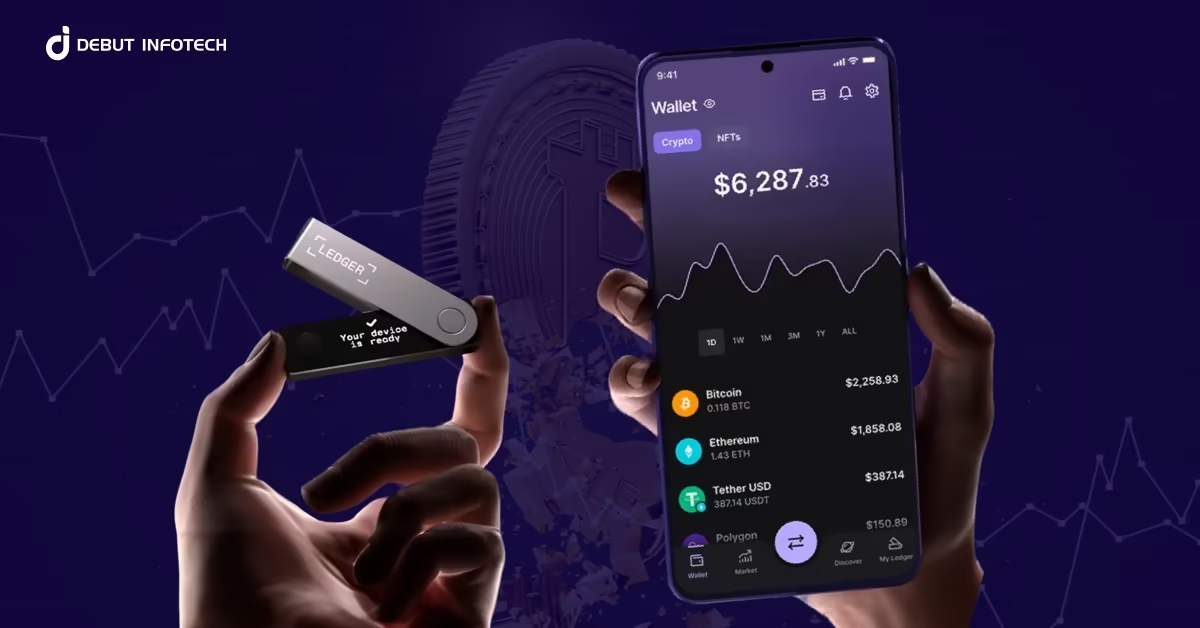Blockchain abstraction is emerging as a key concept in the crypto space, aimed at simplifying blockchain technology for everyday users. It separates complex technical elements from user-facing applications, allowing people to interact with blockchain platforms much like they use traditional web apps—without the need for deep technical expertise. This push toward user-friendly experiences is considered essential for accelerating mainstream adoption of Web3.
Why Blockchain Abstraction Matters
Despite significant progress in blockchain usability, many users still face hurdles. Newcomers trying to purchase NFTs or send stablecoins often run into issues like choosing the wrong network or lacking the right tokens on a specific chain. Blockchain abstraction addresses these challenges by improving interoperability between different blockchain systems. This reduces the need for manual bridging or network switching, enabling seamless access to decentralized finance (DeFi) and NFT marketplaces.
Also read: How to Buy Food with Bitcoin in 2025: A Complete Guide
Real-World Examples of Chain Abstraction
Wallets such as MetaMask and Phantom are leading examples of blockchain abstraction in action. They allow users to manage crypto assets through intuitive interfaces, bypassing the complexity of private key management. NEAR Protocol also enhances usability with human-readable account names. Middleware solutions like Chainlink further abstract blockchain interactions by feeding external data into smart contracts, empowering a wide range of decentralized applications.
Ethereum’s Account Abstraction: ERC-4337
Ethereum’s ERC-4337 standard, championed by co-founder Vitalik Buterin, takes blockchain abstraction even further. It allows wallets to function as smart contracts, enabling advanced security features like multi-signature authentication and social recovery. Additionally, ERC-4337 introduces gas fee abstraction, permitting transactions to be paid in tokens other than Ether, or even sponsored by third parties—making Web3 interactions more accessible for mainstream users.




